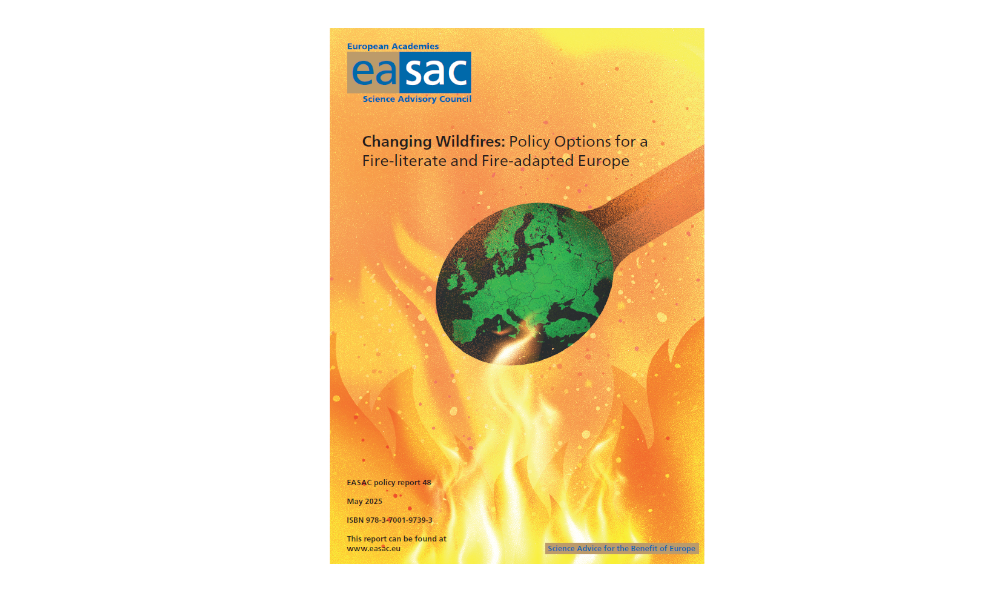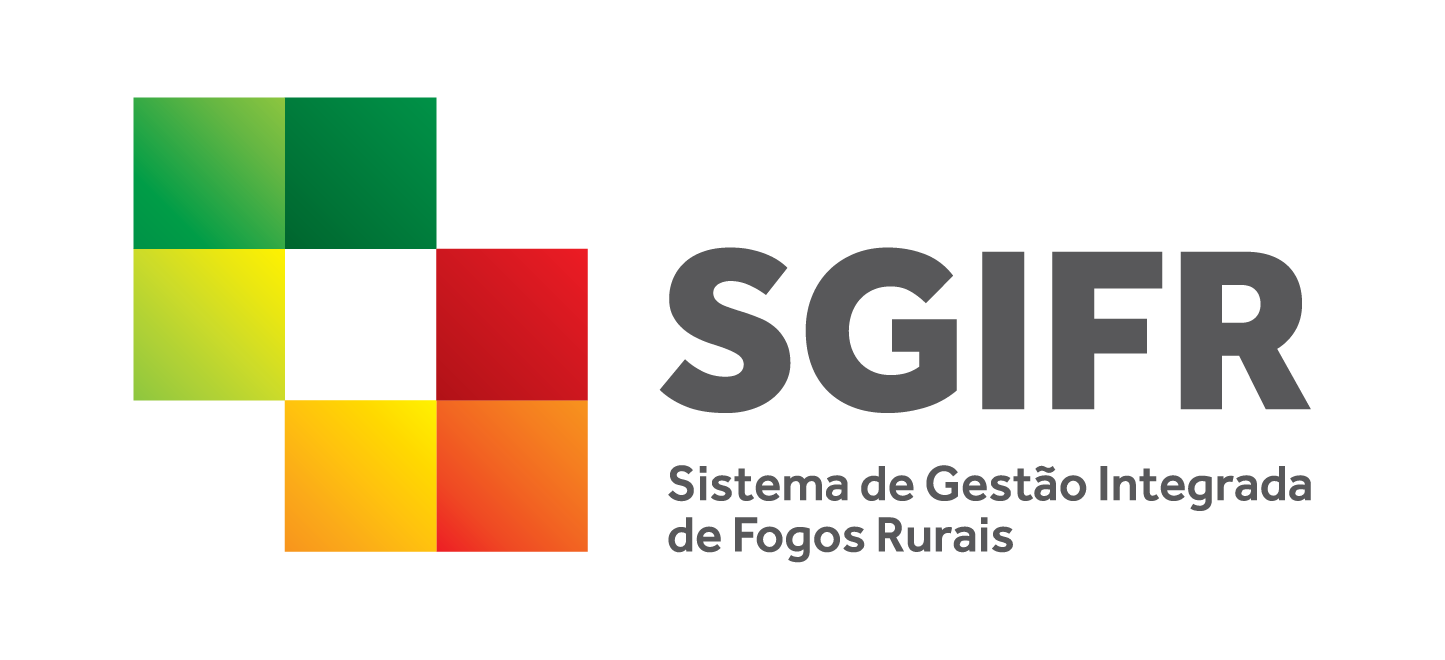Agência para a Gestão Integrada de Fogos Rurais, I.P.

Sumário: Wildfires in Europe are becoming more frequent and intense, even impacting regions that are historically less affected. This report, prepared by a working group of the European Academies Science Advisory Council (EASAC), examines the drivers behind these changes, explores the consequences, and reviews current wildfire management practices. It advocates for an integrated EU framework for fire adaptation and assesses current policies and strategies. Moving beyond fire suppression strategies alone, the report emphasises addressing root causes and strengthening institutional capacities. It advocates for enhanced cooperation and coordination between stakeholders, increased fire literacy, and improved funding for prevention, restoration, and land-use planning. It also supports a unified European integrated fire management system to enable the interoperability of qualified resource sharing among member states. The report culminates in a set of three urgent key messages and eight policy options designed to improve today’s wildfire management and to prepare for future challenges. In the future, nearly one-fifth of Southern Europe may experience extreme fire danger as often as every 2 years. Europe must learn to coexist with fire and adapt to this evolving landscape.
Understanding wildfires
Defined as unplanned fires affecting various landscapes, wildfires are increasingly complex and driven by intertwined factors such as land-use changes, climate change, and social and economic dynamics. Policies must shift from predominantly suppression to integrated, adaptive strategies that manage fire as a natural element, recognising its ecological role in specific ecosystems. As such, local or regional definitions of acceptable risk would be beneficial, aimed at addressing only those situations that local policies consider to constitute an unacceptable risk to communities and the environment.
Drivers of change
With climate change intensifying droughts and reducing summer precipitation, wildfire risk is predicted to more than double by 2100. Urban expansion, urban sprawl, infrastructure development, and land-use changes, such as farmland abandonment and the spread of scrublands and forests, also significantly increase vulnerability to fire, necessitating investment in proactive measures to reduce risk.
Ecosystems and risk
Fire has both positive and negative effects, depending on the ecosystem type and the fire’s timing, intensity, and frequency. Certain ecosystems depend on fires for biodiversity, while high-intensity or very frequent fires might have major impacts on ecosystem functioning and related services. Policy frameworks should account for this diversity, with a focus on risk reduction, post-fire restoration, and balanced fire use.
Regional differences
Fire risk varies across Europe. The Mediterranean, for example, faces more intense fires due to regional vegetation characteristics and seasonal weather patterns, whereas wildland–urban interface (WUI) areas across Europe require targeted risk management due to increasing exposure to fire.
Current EU policies
Current EU policies prioritise fire suppression; however, the increasing intensity of wildfires strongly emphasises the need for increased investment in proactive fire management along with climate change mitigation and adaptation, prioritising a reduction in damage over simply minimising the burned area.
Policy shifts and integrated frameworks
A proactive approach focusing on landscape management, restoration, and fire literacy is essential. Instead of a suppression-focused strategy, an integrated EU framework for landscape fire-risk governance should prioritise prevention based on stakeholder collaboration, rural development, risk awareness, behavioural change, and effective risk management underpinned by vertical and horizontal policy harmonisation.
Three urgent key messages
This report aims to embed fire resilience into European landscapes, ensuring that wildfires are managed not only as emergencies but also as part of a sustainable, proactive environmental strategy.
Urgent Messages:
- Implement climate and land-use policies without delay – including the new EU Nature Restoration Law, with a focus on restoring carbon-rich peatlands and managing forests sustainably.
- Integrate fire risk into biodiversity and tree-planting plans – to avoid unintentionally increasing vulnerability in reforested areas.
- Educate for a fire-resilient society – particularly younger generations, through targeted public health interventions and wildfire education programmes.
Policy Recommendations:
- Invest in integrated wildfire risk reduction, including prescribed burning and fuel management.
- Implement nature-based solutions such as grazing and native species reforestation.
- Embrace the role of fire allowing planned burns to maintain ecological balance.
- Invest in education and communication to increase “fire literacy” and preparedness.
- Invest in landscape management to reduce vulnerability, design and maintain resilient landscape that reduce wildfire risks.
- Harmonise sectoral policies across agriculture, environment, and urban development to reduce conflicts and risks.
- Promote compact urban development to limit wildland-urban interface expansion.
- Encourage sustainable private land management to help landowners adopt fire-resilient practices.

